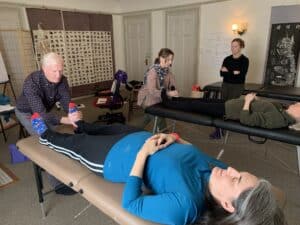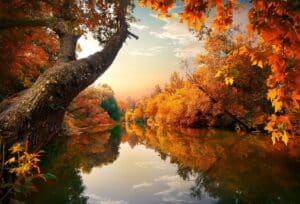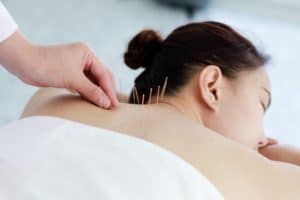“The lotus blooms in muddy water.” (a traditional Buddhist saying)
I make my home in Cascadia, the damp and forested bioregion of the Pacific Northwest which extends westward from the crest of the Cascades, through river valleys, old coastal mountains, and to the rugged beaches of the Pacific. Spring in Cascadia is a long, wet and messy affair. With mild winters, the first buds may appear in late January, but the season gets underway so slowly that the pace can be tedious. Extended cool temperatures and drizzle bring us the pleasure of lingering blossoms — plum, magnolia, forsythia, cherry, rhododendron, azalea — but by mid-May most Portlanders are longing for warmth and light. We are ready to dry out. Occasionally, the sun teases us for a day or two. Without fail, hopes rise. Optimistically, Portlanders don sunglasses and shorts. We fill the café tables on NW 21st, in temperatures that would leave a Californian shivering. But long-time residents know better: Summer in western Oregon doesn’t begin until the Fourth of July.
As a Five Element acupuncturist, blogger and observer of nature, I have a lot of time to write about Spring and the Wood Element. Three or four mornings each week, I head into the woods near my Portland home and watch the progress of forest life as Spring unfolds. After months of relentless drizzle, Winter storms, and record-setting rainfall, the earth is soggy and overflowing. Rivulets of water cascade down hillsides, puddling and swamping the soft, wet trails.
Spring in Cascadia is the season of mud. There is no avoiding it. Step away from the city pavement, and you will find yourself squishing, stomping and wallowing around on muddy paths, in muddy gardens, and across muddy fields. Lawns in the local park are churned to muck by the paws of exuberant dogs. Rubber Wellingtons are popular.
We tend to see mud as an obstacle, but there is value in it that we overlook.
We tend to see mud as an obstacle. It is something to get across, get around or avoid. It is an annoyance and a hazard, between us and where we want to go. We beat it down, wipe it off, clean it up. Only children and dogs, it seems, have the wisdom to wallow, play and surrender to mud. There is value in mud that we overlook. Mud makes things bloom. No mud, no lotus. The lotus is a plant, and plant life — Wood in the Five Element cycle — needs mud to grow.
The energy of Wood within us — our plans, hopes, aspirations, and ambitions; our yearning for fulfillment and a sense of purpose in life — also needs mud. Mud is Water and Earth put together, and both these Elements feed and nourish Wood in different ways. A seed in dry Earth will remain dormant. Wood needs Water to trigger its growth, allowing it to be nourished by and, in return, nourish the Earth.
The Chinese wisely saw Water (Winter) as the mother of Wood (Spring). Water (Winter) is about darkness. It is our time in the womb. Water is what makes Earth into mud. It is the prima materia, the messy material of our origins. It reminds us of where we came from, and perhaps that is why we don’t like it. We are people of clay and, after all, clay is just another form of mud.
Sometimes, we tend to take our personal lotus — our plans and aspirations, the Wood energy within us — and cut the bloom from the roots. We focus on developing our intellect and higher consciousness, pursuing our careers, completing our projects, and fulfilling our ambitions. Mud is there to remind us of what comes first. No Water, no Wood. There is sure to be more mud to cross in each of our lives. So next time, step in.
References: Philip Simmons, Mud Season, in Learning to Fall: the Blessings of an Imperfect Life, pp. 77-89.




